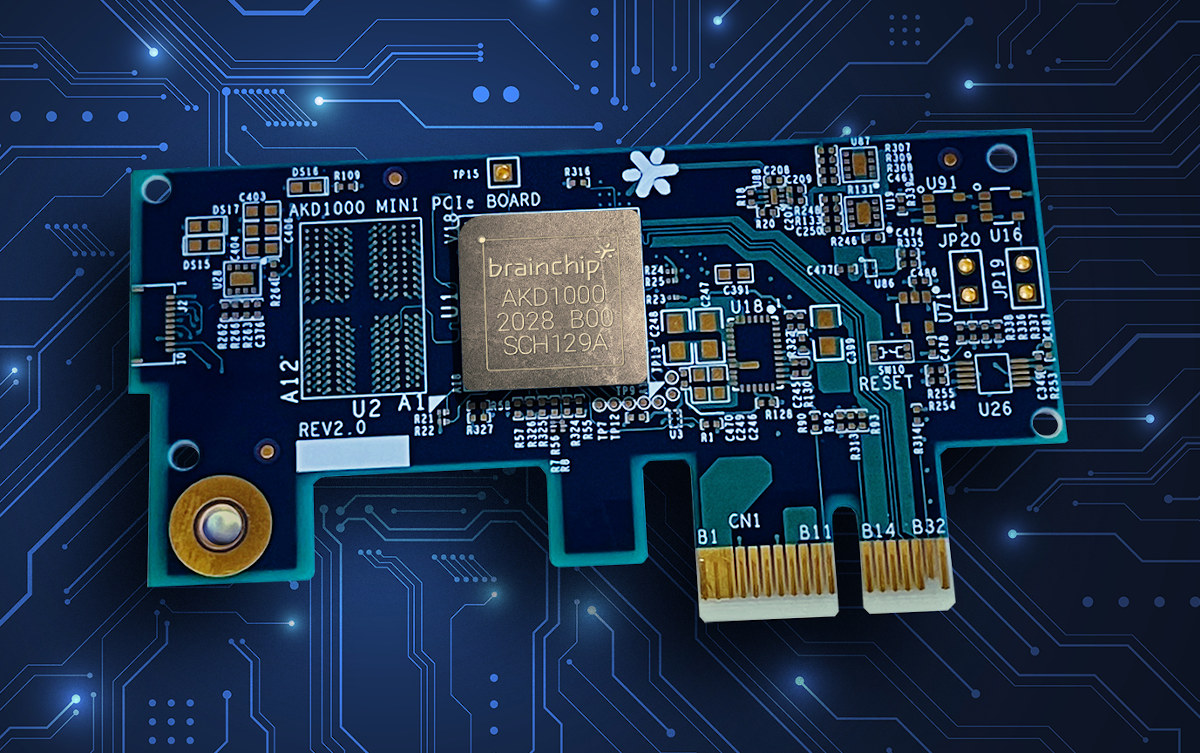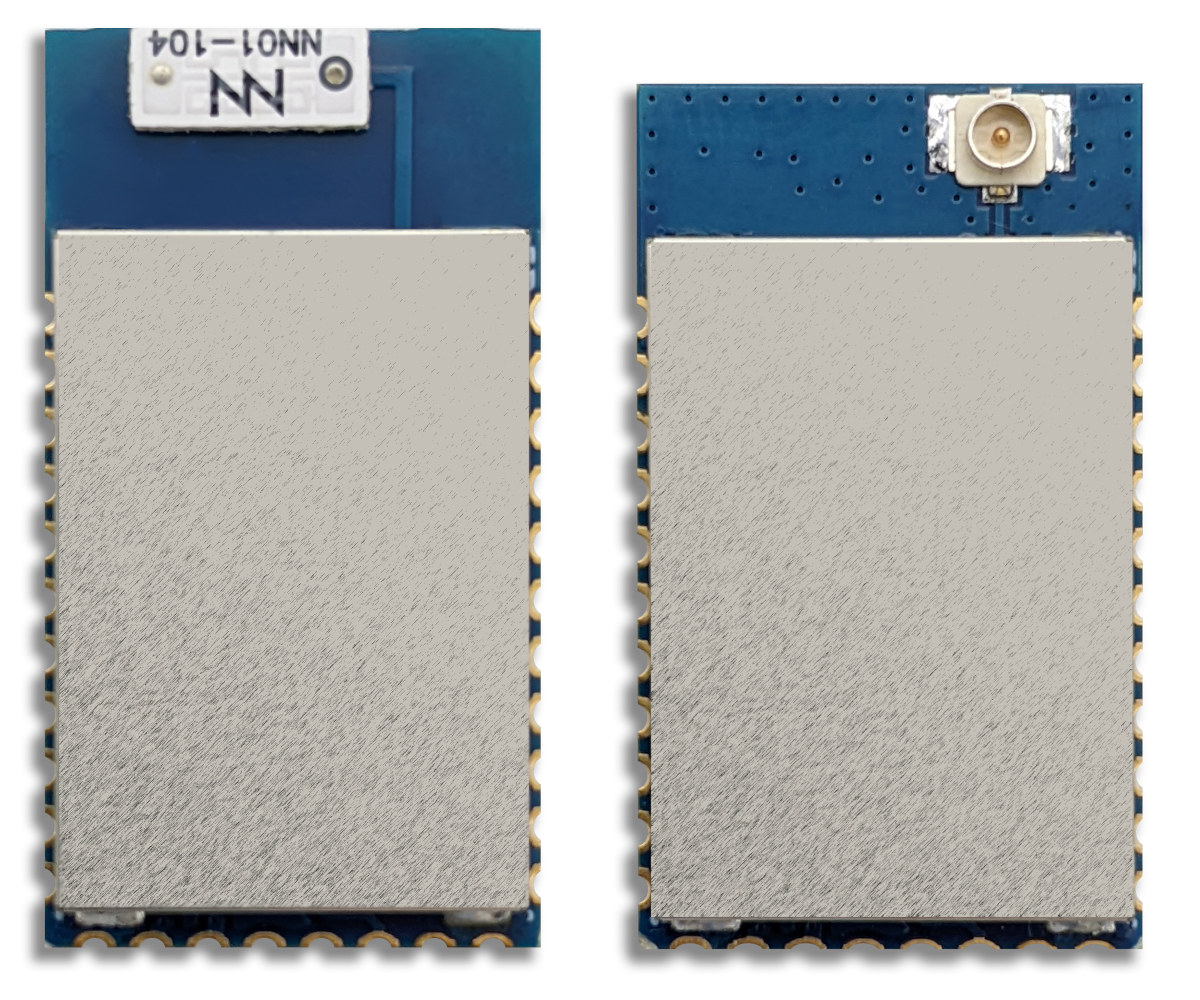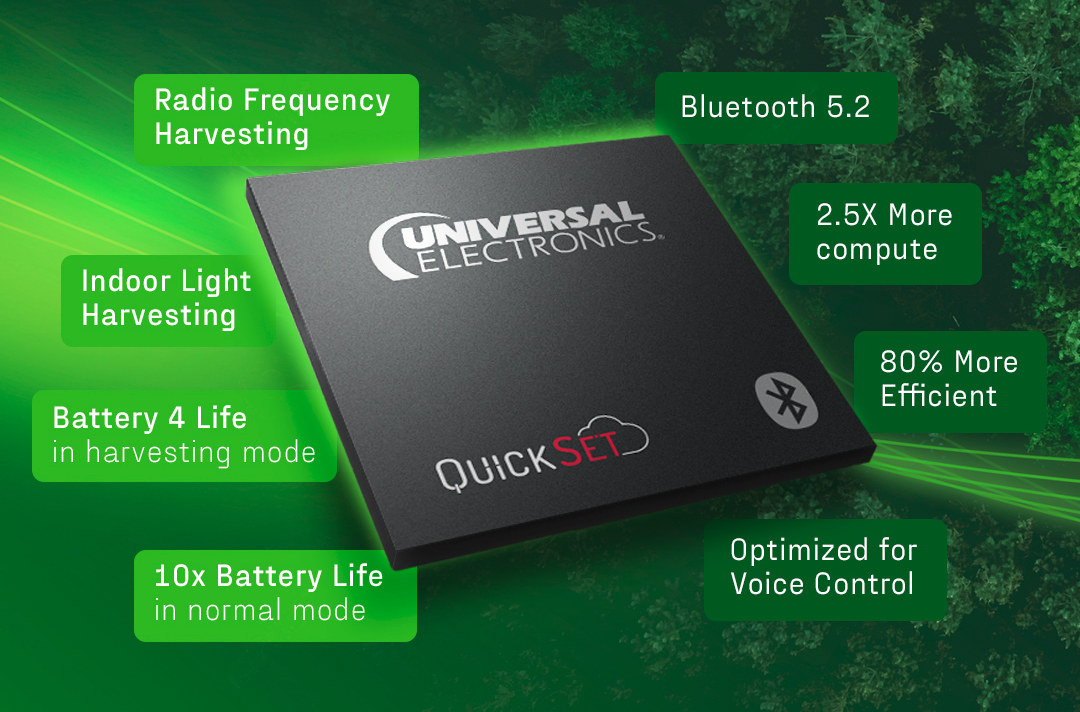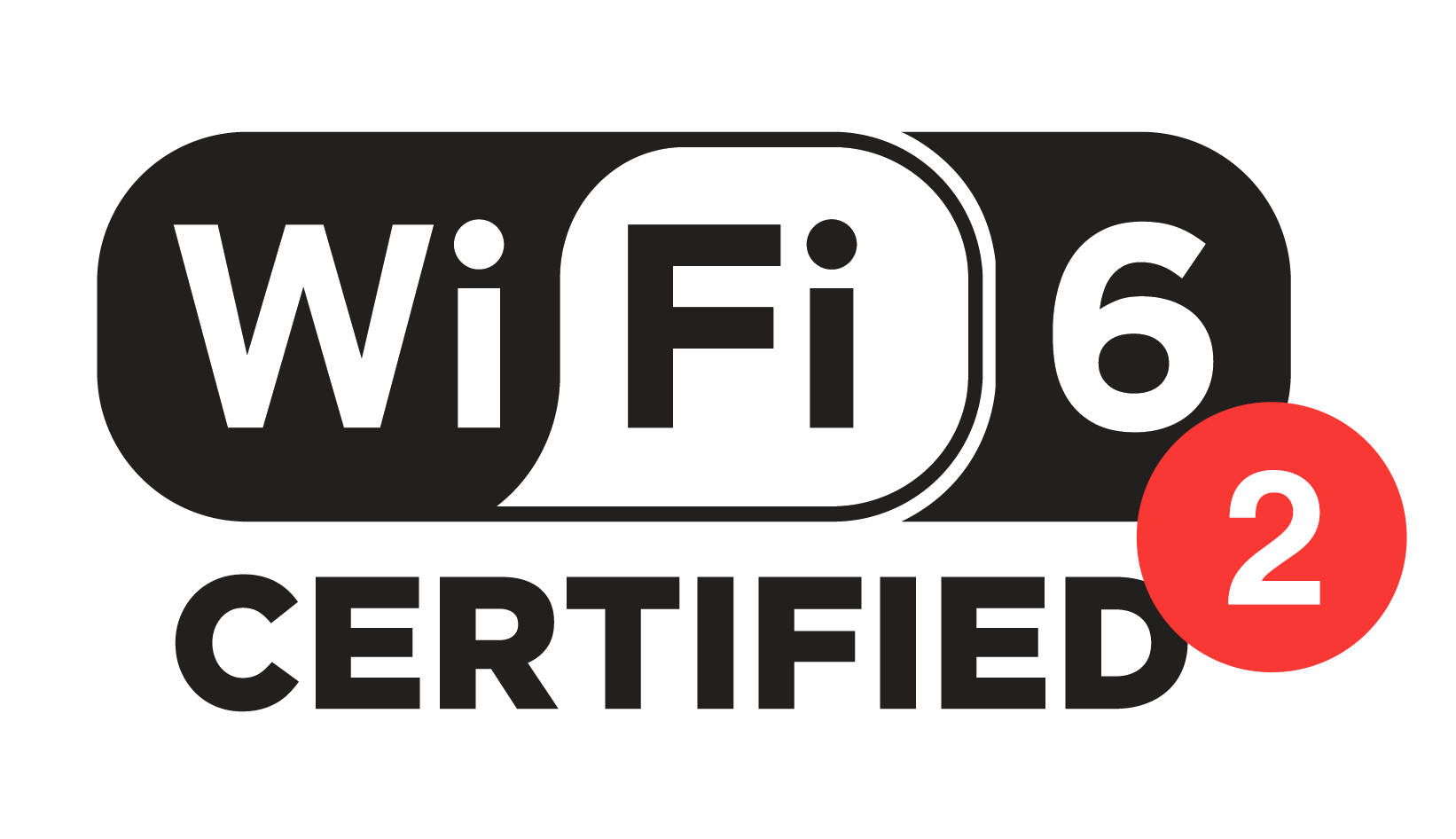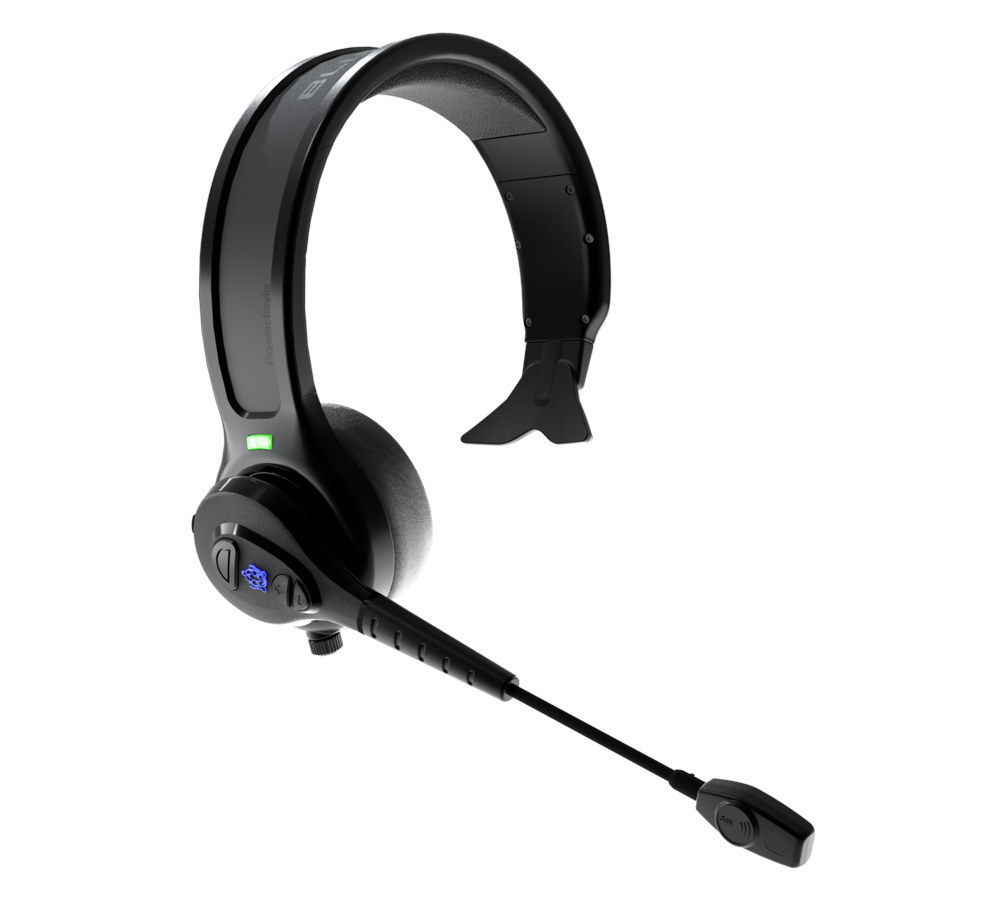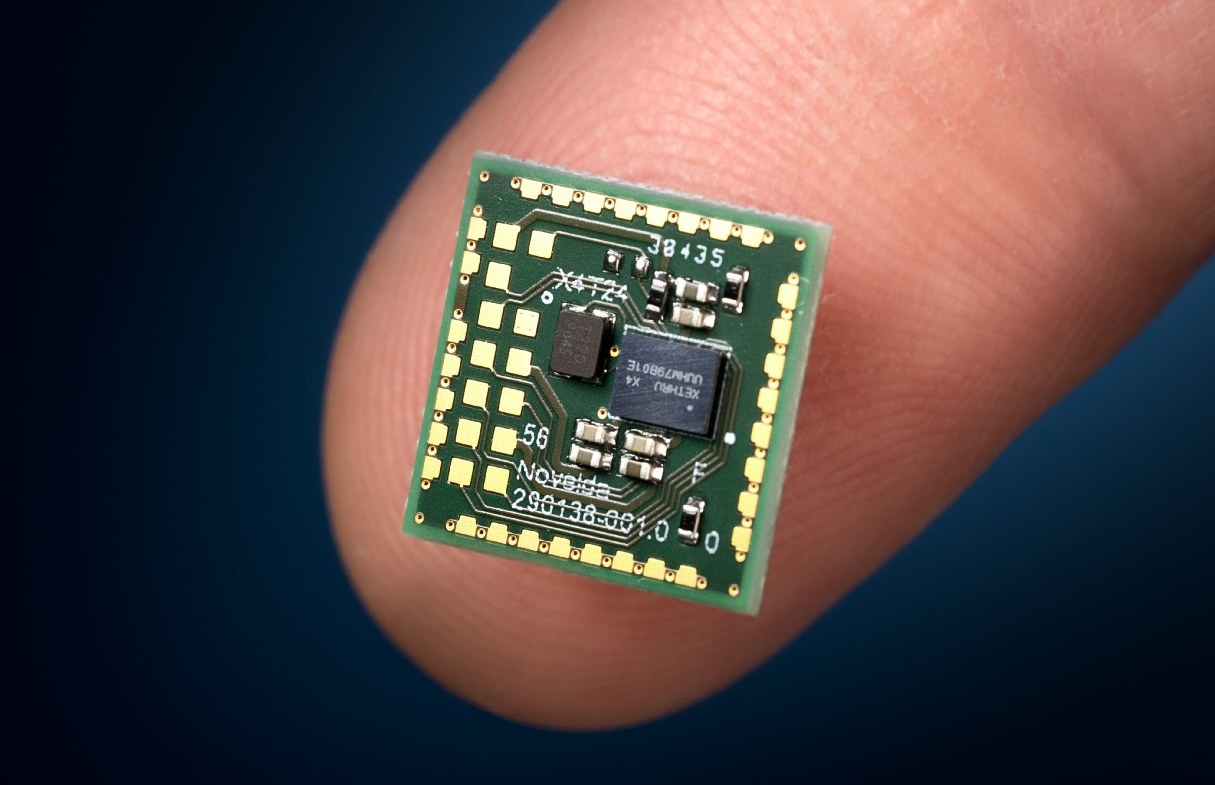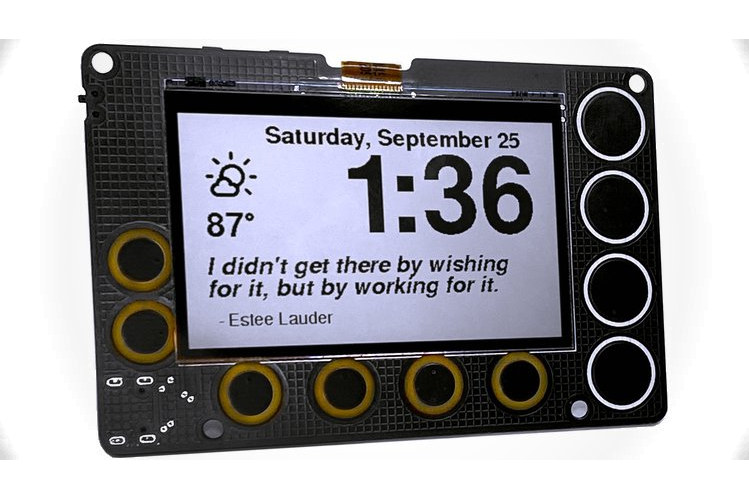Machine Learning is getting everywhere including into 2.4GHz wireless microcontrollers with SIlicon Labds BG24 Bluetooth and MG24 multi-protocol Cortex-M33 microcontrollers that improve AI/ML performance by 4 times using 1/6th of the energy thanks to a built-in AI accelerator. That makes the new microcontrollers suitable for battery-powered edge AI devices with support for Matter (coming soon) as well as PSA Level 3 Secure Vault protection. Silicon Labs expects the chips to be found in various smart home, medical and industrial applications. BG24 and MG24 share the same block diagram and the same specifications apart from the supported wireless protocols: MCU core – Arm Cortex-M33 @ 78.0 MHz with DSP instruction and floating-point unit Memory – Up to 256 kB RAM data memory Storage – Up to 1536 kB flash program memory Wireless CPU – Arm Cortex-M0+ 2.4 GHz Radio Performance -104.5 dBm sensitivity @ 250 kbps O-QPSK DSSS -104.9 dBm sensitivity […]
$499 BrainChip AKD1000 PCIe board enables AI inference and training at the edge
BrainChip has announced the availability of the Akida AKD1000 (mini) PCIe boards based on the company’s neuromorphic processor of the same name and relying on spiking neural networks (SNN) which to deliver real-time inference in a way that is much more efficient than “traditional” AI chips based on CNN (convolutional neural network) technology. The mini PCIe card was previously found in development kits based on Raspberry Pi or an Intel (x86) mini PC to let partners, large enterprises, and OEMs evaluate the Akida AKD1000 chip. The news is today is simply that the card can easily be purchased in single units or quantities for integration into third-party products. BrainChip AKD1000 PCIe card specifications: AI accelerator – Akida AKD1000 with Arm Cortex-M4 real-time core @ 300MHz System Memory – 256Mbit x 16 bytes LPDDR4 SDRAM @ 2400MT/s Storage – Quad SPI 128Mb NOR flash @ 12.5MHz Host interface – 5GT/s PCI […]
Bluetooth LE 5.0 module enables batteryless sensors thanks to Renesas RE01B MCU
RELOC RM-BE1 Bluetooth 5.0 module with embedded energy harvesting capabilities for batteryless sensors adds to the list of energy harvesting news we’ve written about since the beginning of the year, with UEI chip for remote controls, a devkit with a smart coffee cup, and Atmosic ATM33 BLE 5.3 chip. The RM-BE1 module is powered by Renesas RE01B Arm Cortex-M0+ Bluetooth microcontroller that leverages Renesas’ SOTB (Silicon on Thin Buried Oxide) process technology enabling ultra-low power. We’ve been told the chip can run at 35uA/Mhz with internal LDOs and <20uA/Mhz with additional external DCDCs, as well as around 600nA in standby mode. RELOC RM-BE1 module key features and specifications: MCU – Renesas RE01B Arm Cortex-M0+ microcontroller @ 64 MHz with 1.5MB flash, 256KB SRAM Connectivity Bluetooth LE 5.0 with Long Range (up to 400 m) and high data throughput (2 Mbps) support RF output power – Up to +4 dBm Receiver […]
“Extreme low power” chip with energy harvesting provides lifetime battery solution for remote controls
Most people probably don’t mind changing batteries in remote controls every so often, but it contributes to e-waste especially if you’re not using rechargeable batteries, and I always find it’s pain as I don’t usually have stock, or don’t feel like waiting for several hours to recharge the batteries. Universal Electronics Inc, or UEI for shorts, claims to have a solution with a family of QuickSet-certified chips using “Extreme Low-Power”, energy-harvesting and “high-performance technology” that would provide lifetime battery life to Bluetooth, voice remote controls. The main goal is “to help transition the world towards a more sustainable future, by reducing primary battery waste throughout the life of the product, which in turn reduces the cumulative CO2 footprint”. We don’t have a lot of information about the chip, but the company provides some of the key benefits of the Bluetooth 5.2 SoC: Arm-based with Trustzone security Up to 2.5 times […]
Wi-Fi 6 Release 2 adds support for uplink multi-user MIMO, improves power management
The Wi-Fi Alliance has just announced Wi-Fi 6 CERTIFIED Release 2 with new features that support increasing device and traffic density, and improve power management with Wi-Fi devices and applications. There are two main changes to the standard: Support for uplink multi-user multiple input, multiple output (multi-user MIMO) which will help with video conferencing, faster uploads, more reliable gaming, and IoT use cases. Power management features that will mostly provide benefit smart home, smart city, and Industrial IoT (IIoT) environments Broadcast target wake time (TWT) Extended sleep time Dynamic multi-user spatial multiplexing power save (SMPS) That means there are now three Wi-Fi 6 standards with the original WiFi 6, WiFi 6E, and the new WiFi 6 Release 2. The good news is that the new Release appears to be backward compatible with both WiFI 6 and WiFi 6E and several companies provided quotes for the press release saying how grateful […]
Solar-powered Bluetooth headset with Powerfoyle nano-material band remains charged at all times
Blue Tiger Solare is a solar-powered Bluetooth headset that you may never need to charge thanks to a Powerfoyle solar cell headband comprised of a “nano-material that transforms any outdoor and indoor light into clean, endless energy”. Solare Bluetooth 5.1 headset is said to be military-grade (MIL-STD-810), offers 97% noise cancellation, and is mostly designed for “road warriors” who may require a Bluetooth headset that’s charging continuously. I initially thought it would probably work better for hikers, bicycle and motorbike riders, than car drivers unless we’re talking about convertibles, but Blue Tiger caters to professional truck drivers. Solare highlights: Bluetooth 5.1 with up to ~90 meters range High-quality speaker Microphone with 97% noise cancellation Works with Sir and Google Assistant Endless Battery Life with Powerfoyle solar cell flexible headband Temperature Range – -40°C to +50°C Certifications IPX4 ingress protection rating MIL-STD-810 for extreme environments and ruggedness Solare solar-powered Bluetooth headset […]
NOVELDA UWB X4 sensor can detect submillimeter movements
We’ve just written about an ESP32 UWB board equipped with an ultra-wideband module designed for indoor positioning with about 10 centimeters accuracy, which should be good enough for many applications, but it turns out UWB sensors can be made to be much more accurate. NOVELDA has just announced the UWB X4/X4F103 sensor and development kit that can detect submillimeter micro-movements such as breathing for human presence detection and does so at a really low power consumption of under 2mW. NOVELDA UWB X4 (X4F103) highlights: High-precision ranging for accurate distance measurement and absolute range bounding based on patented impulse radar technology Low power consumption below 2mW, and no co-existence issues with other sensors Wide detection zone for accurate detection with up to 180-degree field of view Up to 5m range Works through plastic and glass or layers of clothing Package – 12 x 12mm sensor A big difference compares to Decawave […]
Newt 2.7-inch wireless display offers high refresh rate with SHARP’s Memory-in-Pixel (MiP) technology (Crowdfunding)
Newt is a battery-powered, always-on, ESP32-S2 wireless display with a 2.7-inch display leveraging SHARP’s Memory-in-Pixel (MiP) technology to provide an experience similar to E-Ink displays but with a much faster refresh rate. The wireless display can connect to the Internet to retrieve weather, calendars, sports scores, to-do lists, quotes, and whatever you’d like. Since it is powered by an ESP32-S2 microcontroller you can program with the ESP-IDF framework, Arduino, MicroPython, or CircuitPython. Newt display specifications: WiFi module – Espressif ESP32-S2-WROVER module with ESP32-S2 single-core Xtensa LX7 processor @ 240 MHz with 4 MB flash and 2 MB PSRAM Display – 2.7-inch, 240 x 400 pixel SHARP MiP LCD with “high-contrast, high-resolution, low-latency content with ultra-low power consumption”, reflective mode to eliminate the need for a backlight. USB – 1x USB Type-C port for programming, power, and charging Expansion – I2C Qwiik connector Misc Micro Crystal RV-3028-C7 RTC (45nA power consumption) […]


